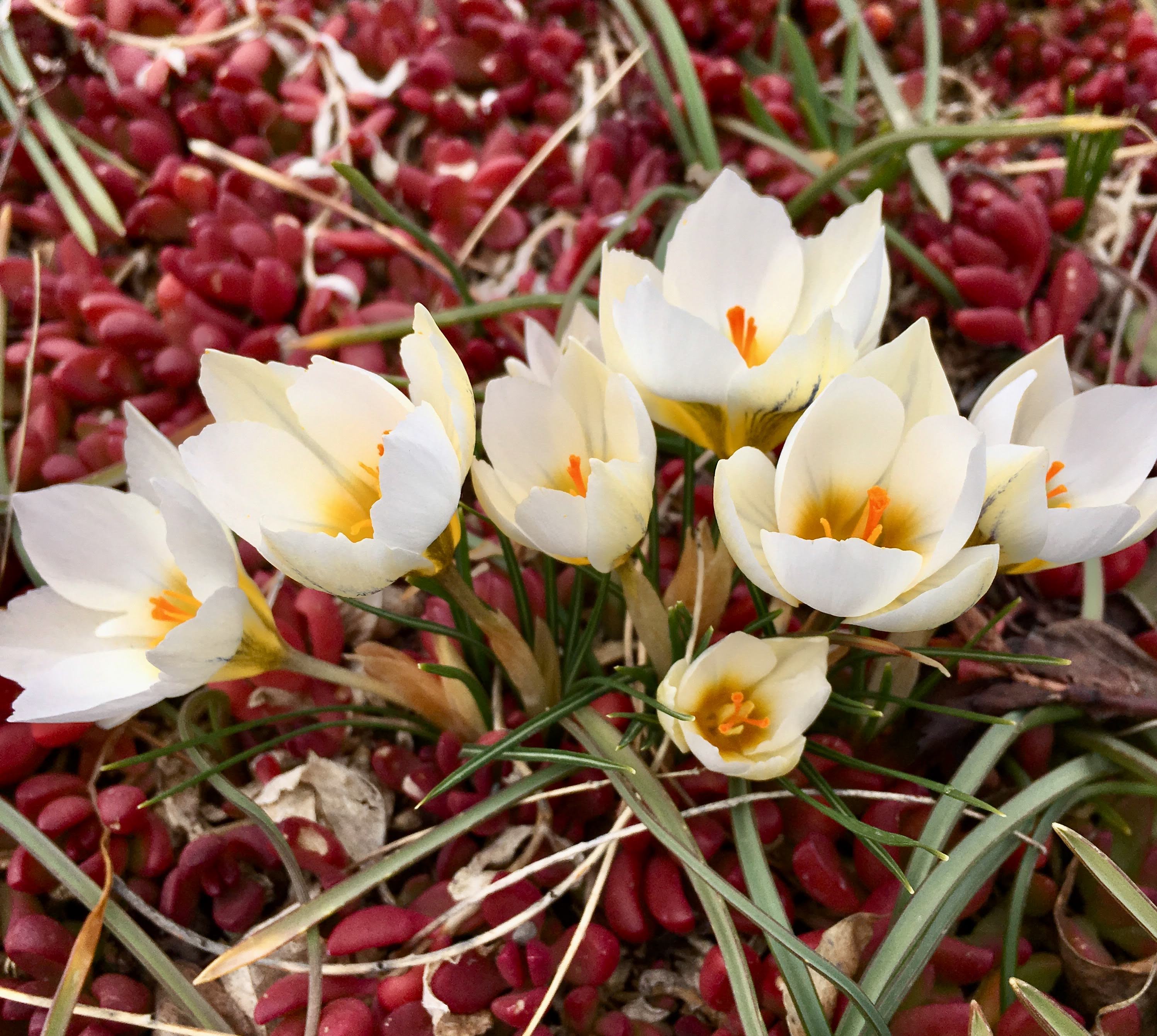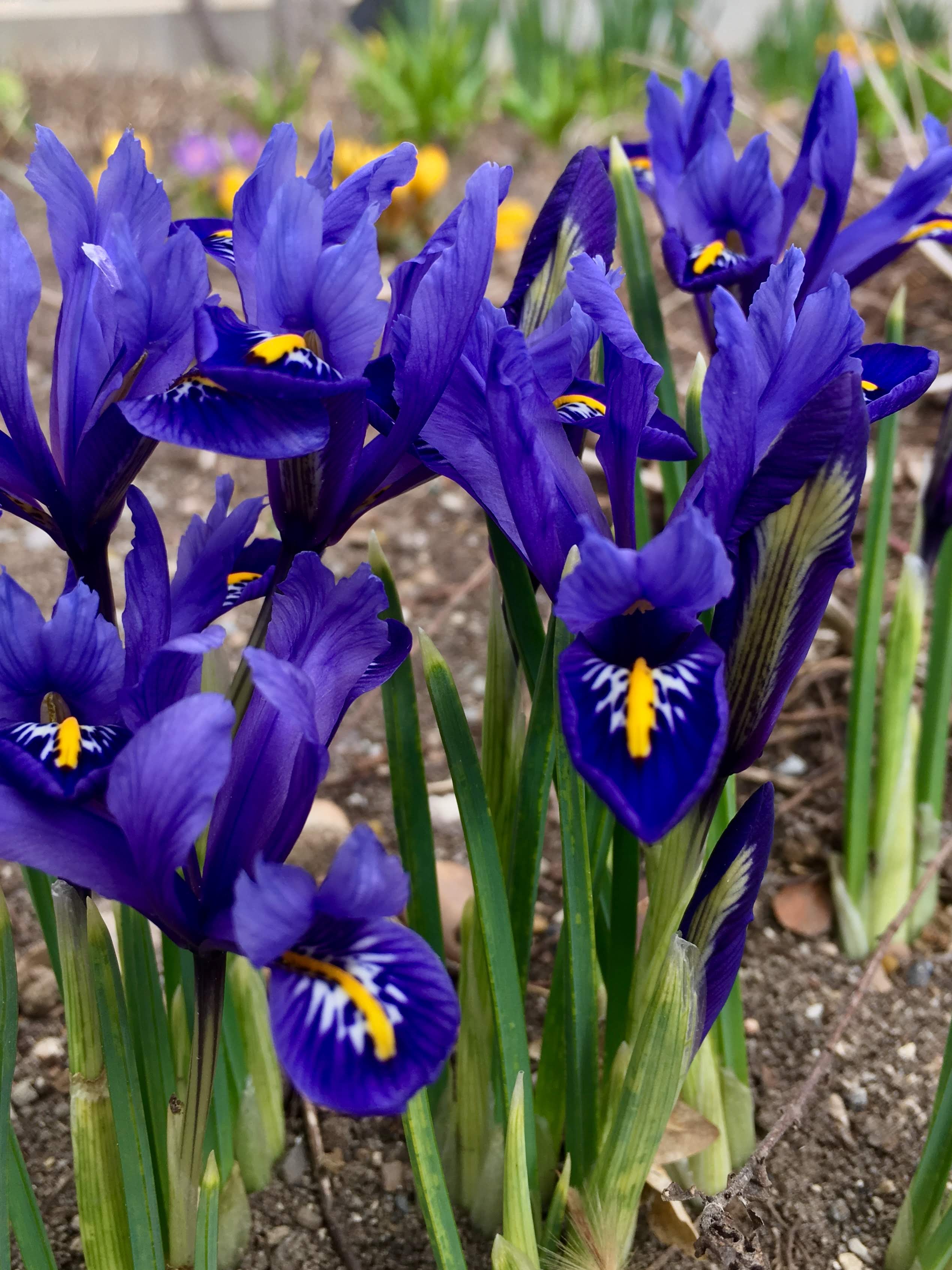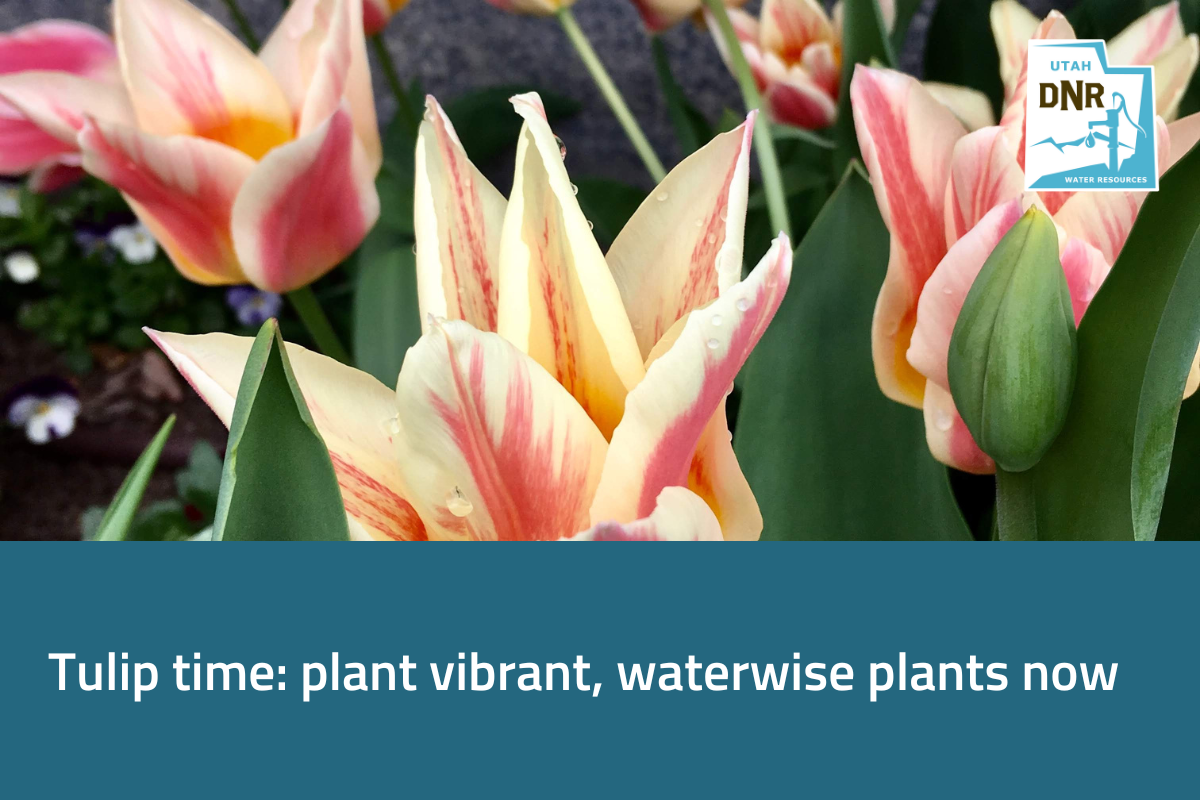While Holland is responsible for Tulipmania and popularizing tulips, the flowering bulb is not native to Holland. In fact, most of the winter-hardy bulbs we are familiar with — like daffodils, tulips and hyacinths — are indigenous to Eastern Europe.
Countries like Turkey and Ukraine have remarkably comparable climates to ours due to similar elevations and latitudes. Many of their plants have evolved to not only tolerate hot, dry summers and wet, cold winters but grow best under these conditions. For this reason, plants native to their regions thrive here.
Winter-hardy bulbs and other relatives native to Eastern Europe are a great option for property owners who are looking for colorful, waterwise plants that bloom from February through May. These bulbs require little to no supplemental watering, are low-maintenance and are always a great surprise in the spring. As an added bonus, most bulbs are deer-resistant. Tulips are the only bulbs deer will seek out but they are known to munch the occasional daffodil or crocus.

Follow these simple steps to add bulbs to your landscape.
- In late September or early October, purchase your bulbs and plant them. See a short list of winter-hardy bulbs and when they bloom at the end of this article.
- Lay out your bulbs where you would like them in your garden beds.
- Plant them in holes that are twice as deep as the bulb is long. This depth is usually four to six inches. Plant them with the tip of the bulb pointing up.
- Water them one to two times a week for three weeks as their roots establish.
- They may start to grow on warm days in the winter, but the growth will pause when it gets cold again. This is normal!
- Once your tulip bulbs have bloomed, you have the option to remove the flower stalk, but it is worth leaving the leaves to allow the bulb to regenerate. Only once the leaves turn yellow or brown should you gently pull them from the bulb.
- It is essential not to remove the bulbs from the ground as most can grow for several years and spread. Unlike other bulbs, most tulips do not spread and must be replanted every three to five years.
Flowering times
This varies depending on location, temperature and moisture levels during the winter and spring seasons. Dates are approximate and based on recent averages for Utah.
- February
- Snowdrops
- Crocus
- March
- Snowdrops
- Crocus
- Winter aconite
- Daffodils
- Reticulated iris
- April
- Daffodils
- Scilla
- Hyacinth (Grape Hyacinths are aggressive growers)
- Fritillaria
- Tulips
- May
- Hyacinth
- Fritillaria
- Tulips
- Allium
- Asiatic lilies

In addition to planting bulbs for a drought-tolerant pop of color on your landscape, now is a good time of year to see what water-saving rebates and incentives you’re eligible to receive through Utah Water Savers. Because about 60% of residential water use goes toward outdoor irrigation here in Utah, we’re dedicated to reminding and encouraging Utahns to use waterwise plants and landscape principles. Thank you for helping us spread the word!




